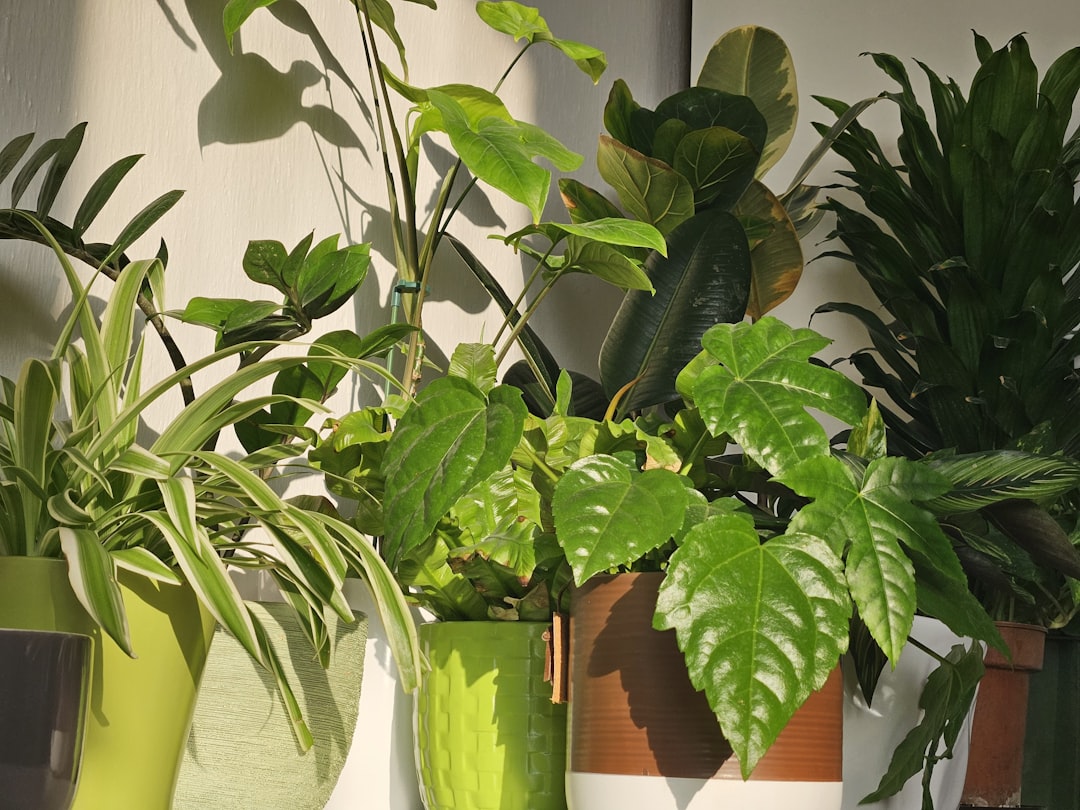Unleashing the Magic of Outdoor Potted Plant Growth

Embarking on the journey of container gardening can be an incredibly rewarding experience, especially for beginners. With the right tips and techniques, you can transform your outdoor space into a vibrant oasis filled with thriving potted plants. In this article, we will explore some essential container gardening tips that will help you successfully grow potted plants outdoors.
First and foremost, choosing the right containers is crucial. When selecting containers for your plants, consider their size, material, and drainage capabilities. Containers should be large enough to accommodate the root system of your plants and allow for proper growth. Materials such as terracotta, plastic, and wood are popular choices, each with its own advantages. Terracotta is porous, allowing for better air circulation and drainage, but it can dry out quickly. Plastic containers are lightweight, durable, and retain moisture well. Wood containers add a natural and rustic touch to your garden but may require more maintenance to prevent rot.
Proper drainage is essential for the health of your potted plants. Make sure your containers have drainage holes at the bottom to allow excess water to escape. You can also add a layer of gravel or broken pottery at the bottom of the container to improve drainage. Avoid using containers without drainage holes, as this can lead to waterlogged soil and root rot.
Another important aspect of container gardening is choosing the right soil. Use a high-quality potting mix that is specifically formulated for container plants. Potting mixes are lightweight, well-draining, and contain essential nutrients for plant growth. Avoid using garden soil, as it can be too heavy and may not provide adequate drainage. You can also add organic matter such as compost or peat moss to the potting mix to improve its fertility and water-holding capacity.
When it comes to watering your potted plants, it's important to find the right balance. Overwatering can lead to root rot, while underwatering can cause the plants to wilt and die. The frequency of watering will depend on several factors, including the type of plant, the size of the container, and the weather conditions. As a general rule, water your plants when the top inch of soil feels dry to the touch. Use a watering can or a hose with a gentle spray nozzle to water the plants evenly. Avoid getting the leaves wet, as this can increase the risk of fungal diseases.
Fertilizing your potted plants is also important to ensure their healthy growth. Use a slow-release fertilizer or a liquid fertilizer according to the instructions on the package. Slow-release fertilizers provide a steady supply of nutrients over a long period of time, while liquid fertilizers can be applied more frequently for a quick boost of nutrients. Be careful not to overfertilize, as this can damage the plants.
Proper sunlight is essential for the growth of your potted plants. Different plants have different sunlight requirements, so it's important to choose the right location for your containers. Some plants, such as succulents and cacti, thrive in full sun, while others, such as ferns and impatiens, prefer partial shade. Observe the sunlight patterns in your outdoor space and place your containers accordingly. You may need to move the containers around throughout the day to ensure that the plants receive the right amount of sunlight.
Pruning and deadheading your potted plants is another important task to keep them looking their best. Pruning helps to control the size and shape of the plants, while deadheading removes the spent flowers to encourage new growth. Use sharp pruning shears or scissors to make clean cuts. Be careful not to overprune, as this can damage the plants.
Finally, protecting your potted plants from pests and diseases is essential. Inspect your plants regularly for signs of pests such as aphids, spider mites, and whiteflies. You can use natural pest control methods such as neem oil or insecticidal soap to get rid of pests. If you notice any signs of diseases such as powdery mildew or black spot, remove the affected leaves and treat the plants with a fungicide. Keep your containers clean and free of debris to prevent the spread of pests and diseases.
In conclusion, container gardening is a wonderful way to grow plants outdoors, especially if you have limited space. By following these container gardening tips for beginners, you can successfully grow potted plants and create a beautiful and thriving garden. Remember to choose the right containers, soil, and plants, provide proper watering, fertilizing, sunlight, and pruning, and protect your plants from pests and diseases. With a little patience and care, you can enjoy the beauty and benefits of container gardening for years to come.